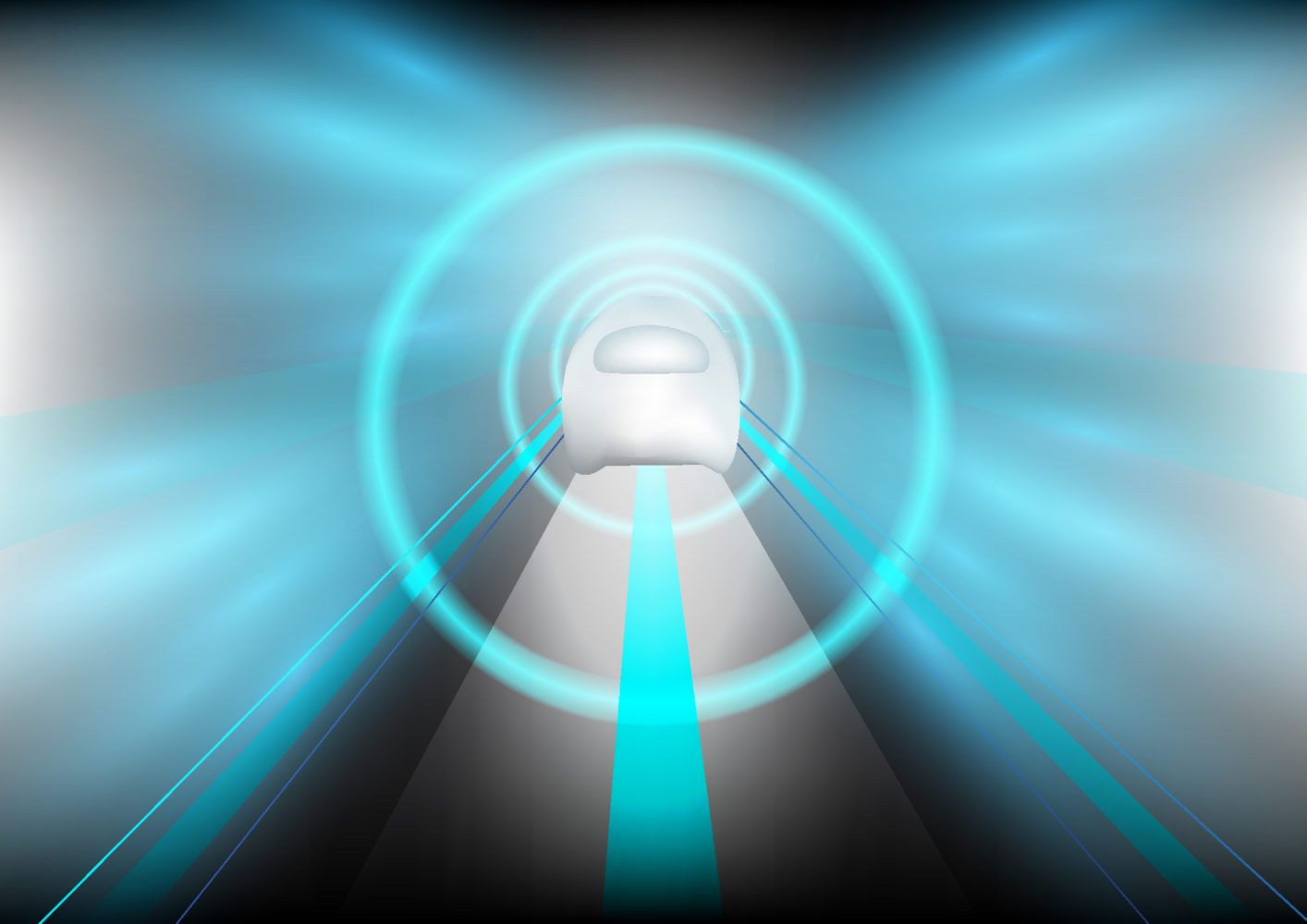
Federal lawmakers gathered in Washington, D.C. this week in a call of support for evolving mass transit technology to benefit the United States — namely, hyperloop technology.
U.S. Reps. Troy Balderson, Bruce Westerman, Mike Turner, Bob Gibbs, and Billy Long all participated, working alongside the Chief Technology Officer and co-founder of Virgin Hyperloop One (VHO). To date, VHO is the only hyperloop company to have successfully tested its technology at scale, and they jumped on the opportunity to showcase their capabilities. Those capabilities, according to Gibbs, could mean an efficient way of connecting metro urban centers — one that changes the way travelers go about their business.
“With hyperloop, we are launching the first new mode of mass transportation in over 100 years: one that is faster, cleaner, and cheaper than ever before,” Josh Giegel, Co-Founder and Chief Technology Officer at Virgin Hyperloop One, said. “When private innovators work hand in hand with lawmakers and policymakers at all levels of government, innovation thrives. We are proud to have support from these federal lawmakers on both sides of the aisle, all who recognize that the future of our national, regional, and local economies hinges on advancing new, efficient forms of mass transit.”
VHO’s efforts have been spurred by the establishment of the Non-Traditional and Emerging Transportation Technology (NETT) Council at the U.S. Department of Transportation. NETT seeks to create the regulatory framework that would allow the department to manage such technologies efficiently, assist local and state governments in doing so, and research the safety needs and governance these technologies require.
Currently, hyperloop projects are under consideration or testing in North Carolina, Texas, Missouri, Nevada, and as a means of connecting Illinois, Ohio, and Pennsylvania. VHO is currently showcasing a hyperloop vehicle known as XP-1, which they claim could transport passengers and goods three times as fast as high-speed rail and enable connections between regional cities that would be just as fluid as local city subways. It utilizes depressurized tubes and a mix of magnetic levitation and electric propulsion to move pods up to 670 miles per hour.
“My community had the Wright Brothers,” Turner said. “They came here [to Washington D.C.] and flew their new flying machine over the Capitol and the White House. Today you bring hyperloop to show us the next advance in transportation.”